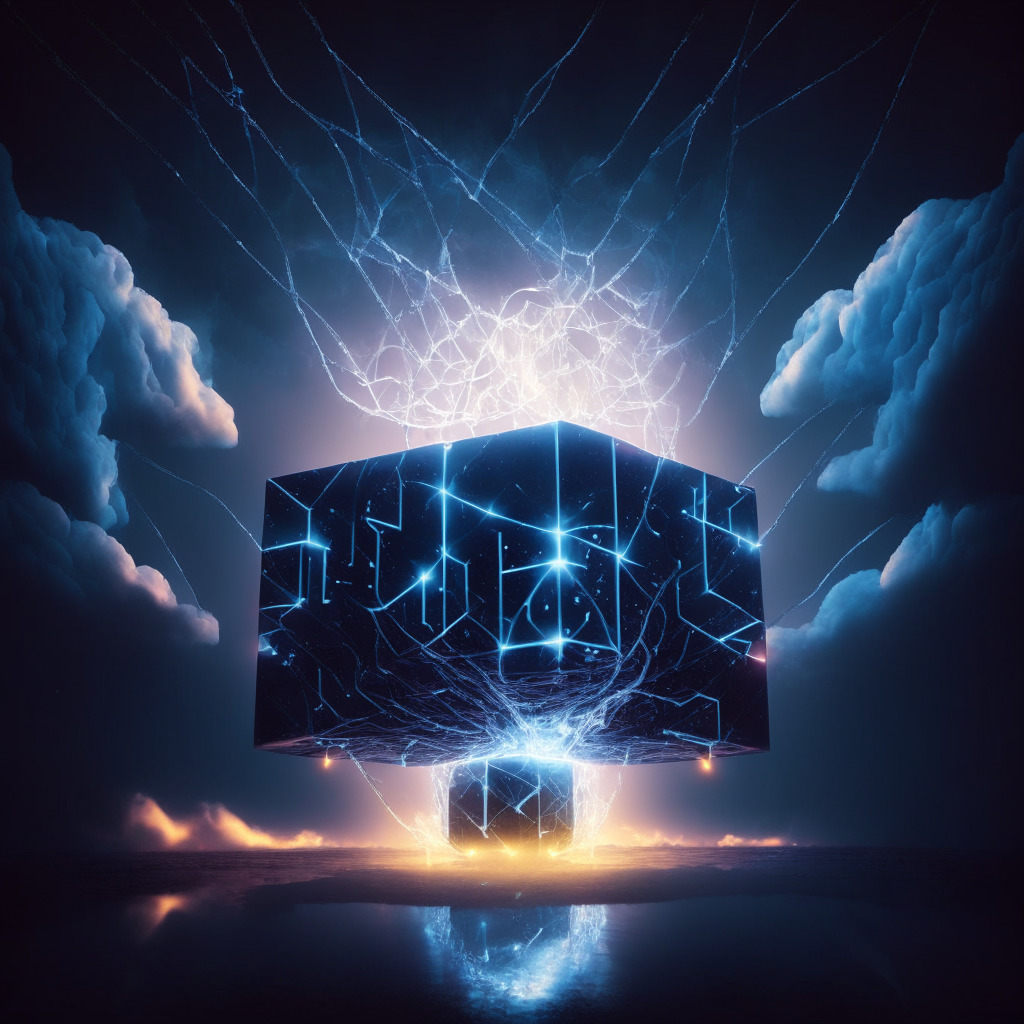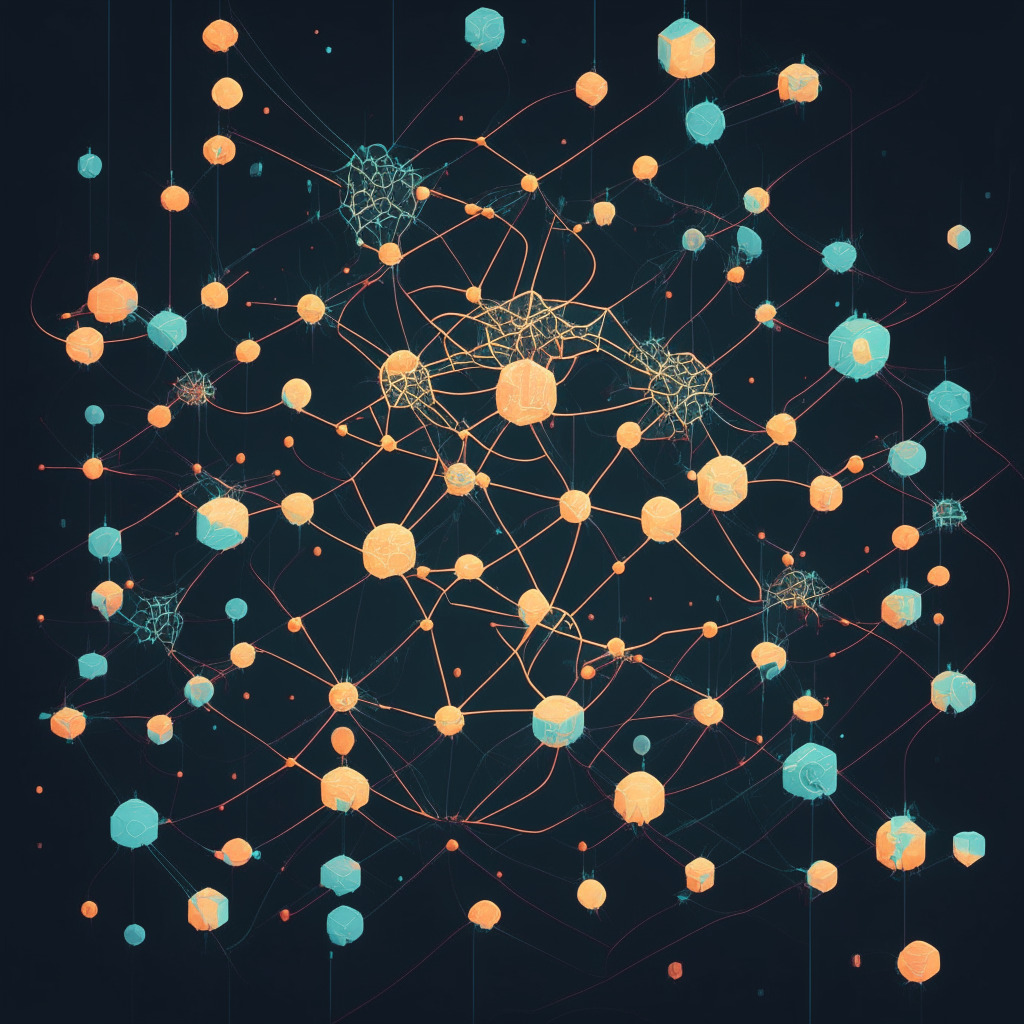In the sprint of swiftly evolving artificial intelligence (AI), generative AI has taken a substantial leap forward. It’s redefining the technology stack, from infrastructure to applications. But, what’s stirring up intrigue is the potential intersection of generative AI and Web3.
Where does this lead us? Should generative AI have its own blockchain? The question is as exciting as it is divisive.
The last few months have seen illustrious models, like OpenAI’s GPT-4, DALL-E, and others, make strides ahead of their open-source counterparts. But the ground beneath started shifting when open-source model Stable Diffusion entered the field, offering a robust alternative to API-based text-to-image models. Large language models (LLMs) still remained a hotspot of generative AI, but the performance gap began to dwindle.
When Meta AI Research presented LLaMA – an LLM that stood toe-to-toe with GPT-3, albeit substantially smaller – the phenomenon wasn’t meant to go open-source. Yet, a week post its publication, the model was leaked and downloaded by a multitude of enthusiasts. The advent of open-source foundation models called Alpaca, Dolly, Koala, and others, followed suit. As the scales tipped favorably towards open-source generative AI, commercial incumbents found their superiority challenged.
Meanwhile, the opacity and centralized control of foundation models were raising brows. As these complex neural architectures evade exact interpretability, the industry has no choice but to bank on open architectures and judicious regulation. The fact that the most powerful models are controlled by a few centralized entities only intensifies the need for authentic accountability and transparency in generative AI.
Joining the dots, the amalgamation of open-source progression in foundation models and escalating concerns about centralized control advocates for Web3 architectures. As open-source models ease the path towards adoption in Web3 platforms, the potential of blockchain architectures in addressing transparency and control hurdles looks promising.
This innovation explosion in open-source foundation models considerably minimizes the bar for Web3 platforms to incorporate generative AI capabilities. Imagining foundation models like LLaMA or Alpaca operating on nodes within a distributed blockchain brings to life the idea of a blockchain built especially for generative AI.
This idea is appealing, yet controversial. Historically, new blockchains weren’t created for DeFi or NFTs. So, why treat generative AI any differently?
The short answer: the architectural disparity between the requirements of running foundation models and blockchain runtimes. Generative AI necessitates a level of complexity far beyond what traditional smart contracts are designed for. The evolution observed in Web2 infrastructures to support large-scale generative AI models emphasizes the need for transformative changes in Web3 architectures.
However, sparking a specialized blockchain for generative AI isn’t without obstacles. There’s value in incorporating generative AI capabilities into existing blockchain runtimes. Yet the transformation of the lower layers of the blockchain stack by generative AI cannot be overlooked.
From this angle, contemplating a new runtime with the flexibility to accommodate these changes seems reasonable. But, rejecting the idea could widen the technological chasm between Web2 and Web3 architectures, threatening the future of innovation in this field.
Creating a generative AI blockchain certainly seems achievable. Yet, as much as we are wooed by the allure of progress, the tech universe must maintain its critical perspective. The risks and challenges need to be addressed head-on. After all, the road to technological break-through is peppered with skepticism, and dodging the potholes is our collective responsibility.
Source: Coindesk




